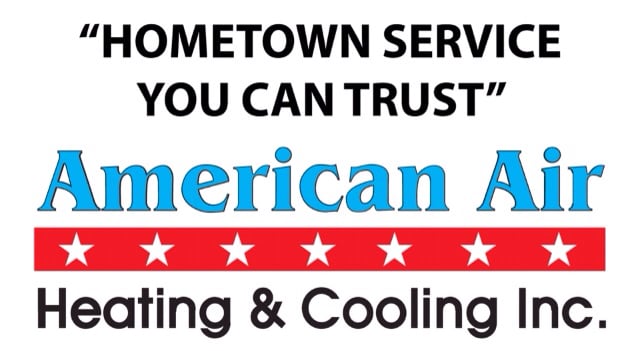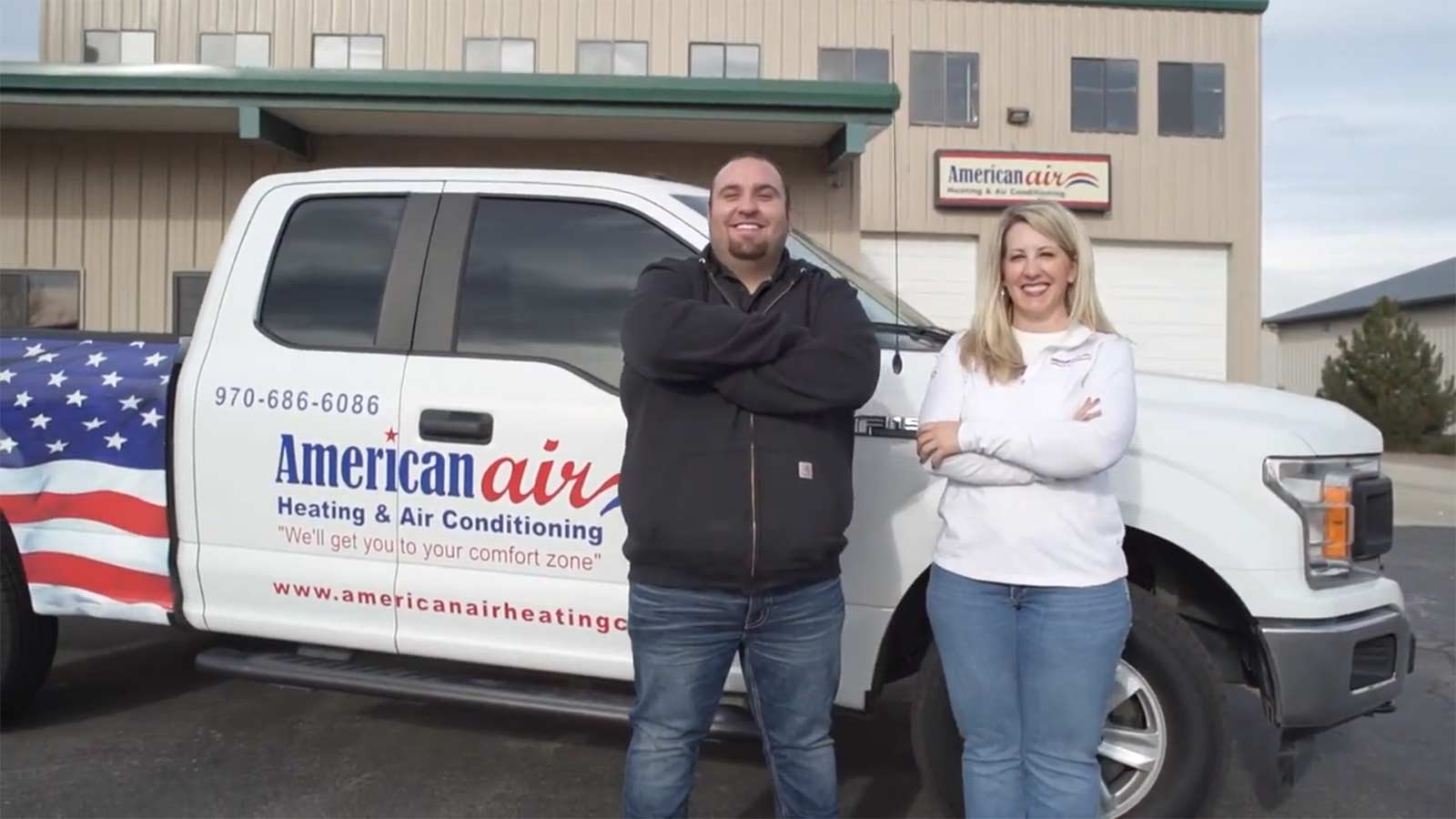American Air Heating And Cooling Reviews

Your air conditioner decides to quit on the hottest day of the year. Sound familiar? A malfunctioning air conditioner can quickly turn a comfortable home into an unbearable sweatbox. Before you panic and call for professional help, let's explore some common AC issues and simple troubleshooting steps you can take. This guide focuses on basic troubleshooting and preventative maintenance. Remember, your safety is paramount. When dealing with electricity, gas, or complex mechanical systems, always call a qualified professional.
Common AC Problems & Initial Checks
Before diving into troubleshooting, let's identify some common air conditioning problems that homeowners often face:
- No Cold Air: The AC unit turns on, but only blows warm air.
- AC Won't Turn On: The unit doesn't respond at all.
- Weak Airflow: Airflow is significantly reduced.
- Strange Noises: Unusual sounds like banging, grinding, or hissing.
- Leaking Water: Water pooling around the indoor or outdoor unit.
- Short Cycling: The unit turns on and off frequently.
Preliminary Checks (Before You Touch Anything Else!)
Start with these basic checks. They might seem obvious, but they can often solve simple issues:
- Thermostat Settings: Ensure your thermostat is set to "Cool" and the temperature is lower than the current room temperature. Double-check the mode and temperature.
- Power Switch: Verify that the AC unit's power switch (usually located near the outdoor unit) is in the "On" position. It might have been accidentally switched off.
- Circuit Breaker: Check your home's circuit breaker panel. Look for a tripped breaker labeled "AC," "HVAC," or something similar. If tripped, reset it by switching it all the way off and then back on. If it trips again immediately, do not continue resetting it. Call an electrician.
- Air Filter: A clogged air filter is one of the most common causes of AC problems. Always start here.
Troubleshooting Step-by-Step
Now, let's move on to more detailed troubleshooting steps. We'll cover common issues and provide practical solutions you can try safely.
1. Addressing the Clogged Air Filter
A dirty air filter restricts airflow, causing the AC unit to work harder, reducing its efficiency, and potentially leading to overheating and breakdowns. This is the easiest and most important maintenance task. It is also the first thing you should always check.
- Location: The air filter is usually located in the indoor unit, often behind a return air grille in a wall or ceiling, or inside the unit itself.
- Inspection: Remove the filter and hold it up to the light. If you can barely see through it, it's time to replace it.
- Replacement: Purchase a new filter of the correct size and type. The size is usually printed on the filter frame. Ensure the arrow on the filter points in the direction of airflow (usually towards the unit).
- Frequency: Replace your air filter every 1-3 months, or more often if you have pets or allergies.
After replacing the filter, wait about 30 minutes and see if the AC unit begins to cool properly. If the filter was the culprit, you've just saved yourself a potentially expensive service call.
2. Checking the Outdoor Unit (Condenser)
The outdoor unit plays a crucial role in cooling your home. It's responsible for releasing heat. If it's obstructed or malfunctioning, your AC won't work efficiently.
- Clear Obstructions: Ensure the outdoor unit is free from debris such as leaves, grass clippings, branches, and other obstructions. Clear at least 2-3 feet of space around the unit. A garden hose can be used to gently rinse off dirt and debris from the fins. Do not use a pressure washer, as this can damage the delicate fins.
- Fin Inspection: Carefully inspect the fins (the thin metal plates surrounding the unit). If they are bent, you can gently straighten them with a fin comb (available at most hardware stores). Be very careful not to damage them further.
- Power Disconnect: Before performing any cleaning or maintenance on the outdoor unit, always disconnect the power at the disconnect box (usually located near the unit). If you're not comfortable doing this, call a professional.
3. Inspecting the Condensate Drain Line
The condensate drain line removes moisture that condenses during the cooling process. If this line becomes clogged, water can back up, causing leaks and potentially damaging your system. It can also trigger a safety switch that prevents the unit from turning on.
- Location: The condensate drain line is usually a PVC pipe that exits the indoor unit and drains outside or into a floor drain.
- Inspection: Look for any signs of blockage, such as standing water or debris at the drain opening.
- Clearing the Clog: You can try clearing the clog using a wet/dry vacuum. Attach the vacuum hose to the drain opening and try to suck out any debris. Alternatively, you can try using a stiff wire or a pipe cleaner to dislodge the clog. Be gentle to avoid damaging the pipe.
- Vinegar Flush: Pour a cup of white vinegar down the drain line to help prevent future clogs. The vinegar will help dissolve any mold or algae that may be growing in the line.
Important: If you cannot clear the clog yourself, consult a qualified HVAC technician. A severe clog can cause significant water damage.
4. Checking for Frozen Coils
Frozen coils can restrict airflow and prevent the AC unit from cooling properly. This is often caused by a lack of airflow, low refrigerant, or a malfunctioning blower motor.
- Signs: Look for ice buildup on the copper lines or the evaporator coil (located inside the indoor unit).
- Troubleshooting:
- Turn off the AC: Turn off the AC unit and set the fan to "On" to help melt the ice. This will circulate warm air over the coils.
- Check Air Filter: As always, check the air filter. A clogged filter is a common cause of frozen coils.
- Inspect Blower Motor: Ensure the blower motor is working properly. You should feel air blowing from the vents when the fan is on. If not, the blower motor may be faulty. (This often requires professional repair)
- Professional Help: If the coils freeze repeatedly, or if you suspect a refrigerant leak, call a qualified HVAC technician. Refrigerant leaks are a serious issue and require specialized equipment and training to repair.
5. Resetting the System (Carefully)
Sometimes, a simple reset can resolve minor glitches in the AC system's control board. It's like rebooting your computer.
- Power Off: Turn off the AC unit at the thermostat. Then, locate the circuit breaker for the AC unit in your electrical panel and switch it off.
- Wait: Wait for about 30 minutes. This allows the system to fully discharge any stored energy.
- Power On: Switch the circuit breaker back on. Then, turn the AC unit back on at the thermostat. Set it to cool at your desired temperature.
- Observe: Observe the AC unit for the next hour. Is it cooling properly? Are there any unusual noises or smells? If the problem persists, move on to other troubleshooting steps or consult a professional.
Important: If the circuit breaker trips again immediately after resetting it, do not continue trying to reset it. This indicates a serious electrical problem, and you should call an electrician immediately.
When to Call a Professional
While many AC problems can be resolved with basic troubleshooting, certain issues require the expertise of a qualified HVAC technician. Here are some situations where you should always call a professional:
- Refrigerant Leaks: Handling refrigerant requires specialized equipment and training. Leaks can be harmful to the environment and pose a health risk.
- Electrical Issues: If you suspect any electrical problems, such as a tripped circuit breaker that repeatedly trips or burning smells, do not attempt to repair it yourself. Electrical work is dangerous and should only be performed by a qualified electrician.
- Compressor Problems: The compressor is the heart of the AC unit. If it's malfunctioning, it's usually a sign of a major problem that requires professional repair or replacement.
- Complex Mechanical Issues: If you're not comfortable working with mechanical systems, or if you're unsure about the cause of the problem, it's best to call a professional.
- Gas Leaks (for units that use gas): If you suspect a gas leak, evacuate the premises immediately and call your gas company and the fire department. Do not attempt to repair the leak yourself.
Preventative Maintenance Tips
Regular maintenance can help prevent AC problems and extend the life of your system. Here are some preventative maintenance tips you can follow:
- Regular Air Filter Changes: Change your air filter every 1-3 months, or more often if you have pets or allergies.
- Clean the Outdoor Unit: Clear debris from around the outdoor unit regularly. Gently rinse the fins with a garden hose.
- Inspect the Condensate Drain Line: Check the condensate drain line for clogs and flush it with vinegar periodically.
- Schedule Professional Maintenance: Have your AC unit professionally inspected and serviced at least once a year. A technician can identify and address potential problems before they become major issues. They can also check the refrigerant levels and ensure all components are working properly.
- Keep Vents Clear: Make sure that furniture or other objects are not blocking air vents inside your home. Blocked vents restrict airflow and can reduce the efficiency of your AC system.
By following these troubleshooting steps and preventative maintenance tips, you can keep your AC unit running smoothly and efficiently. Remember, when in doubt, always call a qualified HVAC technician for assistance. Safety is paramount.










